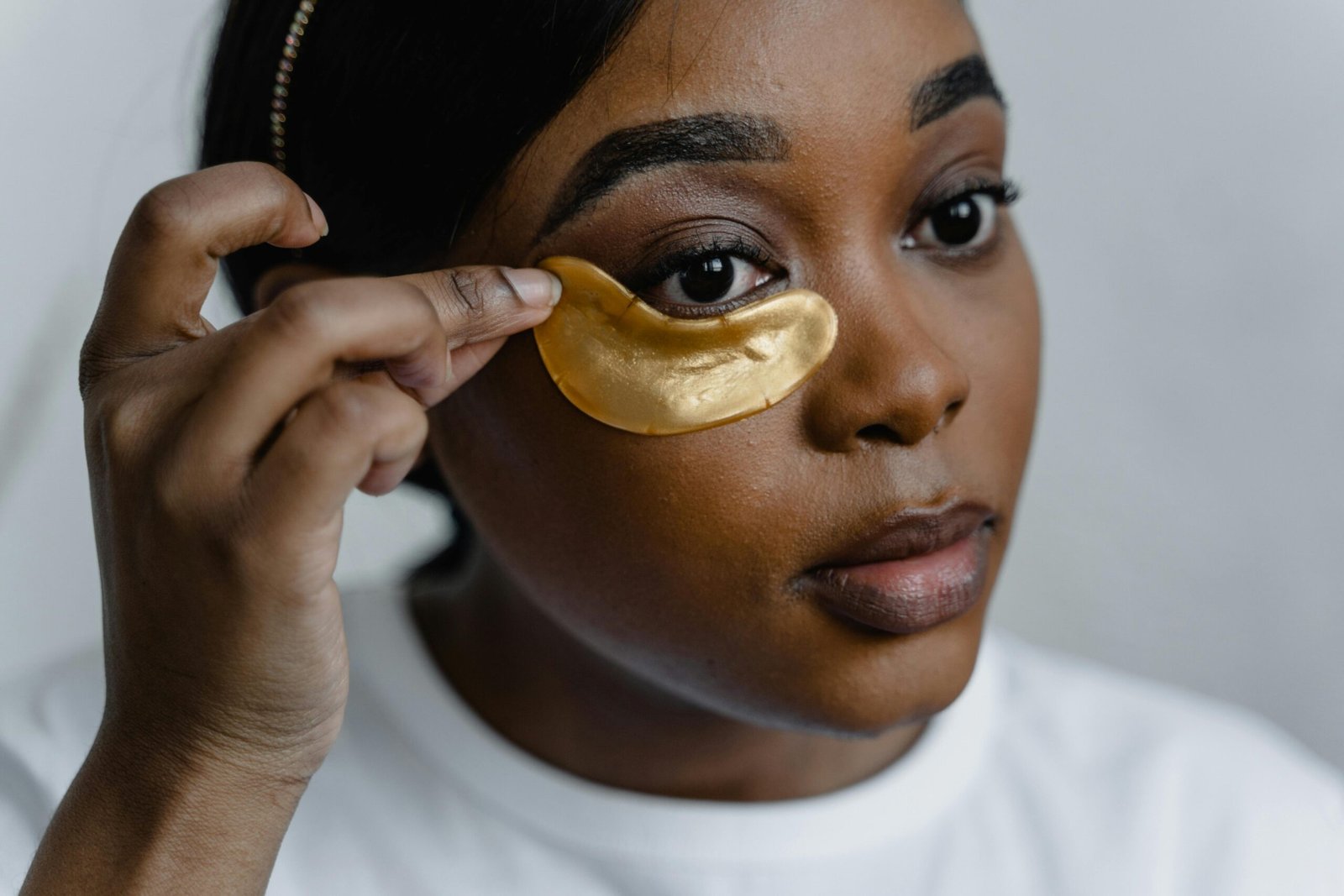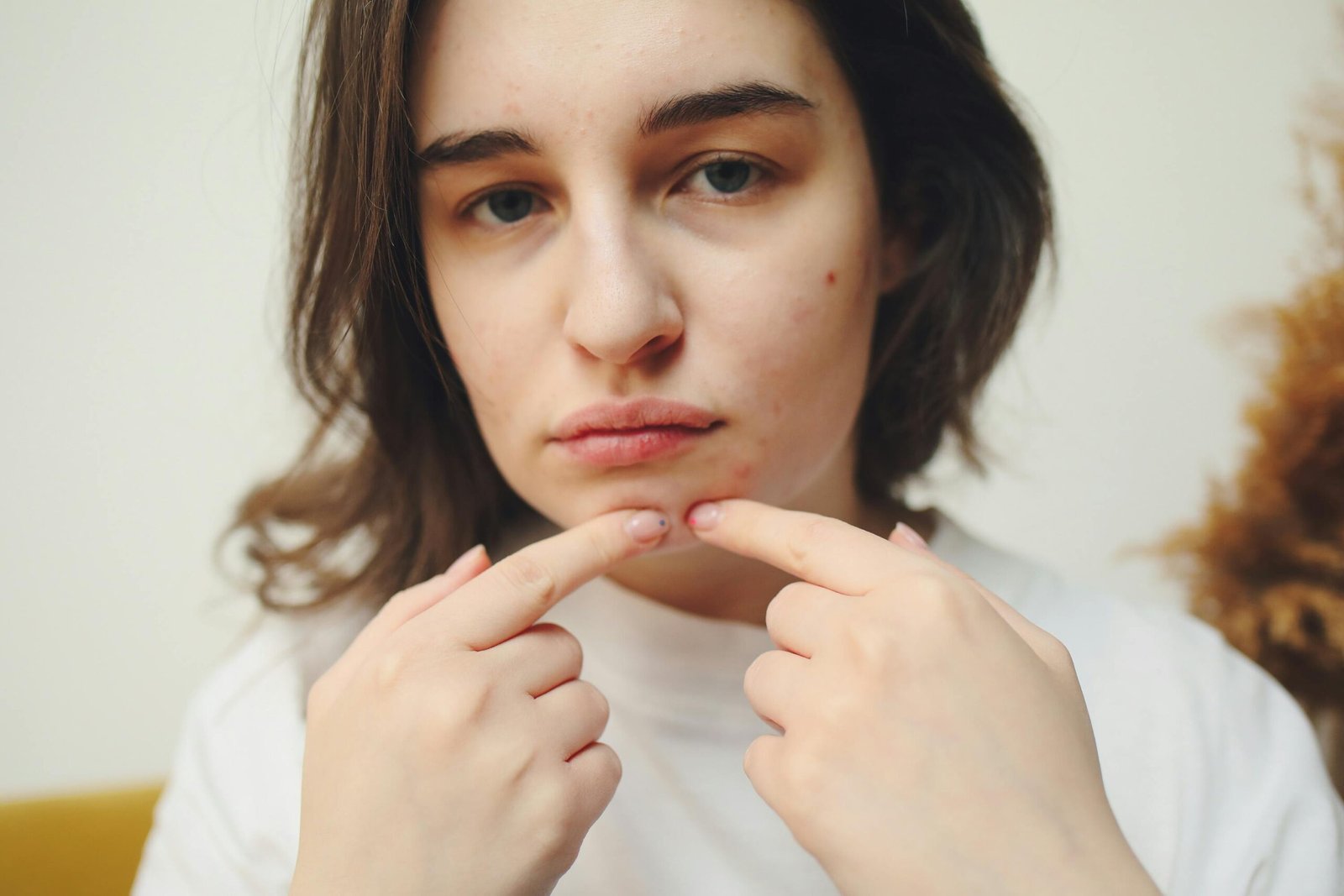What is Hyperpigmentation: Causes and Treatments
October 19, 2024 | by A Skincare Enthusiast

What is Hyperpigmentation?

Hyperpigmentation is a prevalent skin condition marked by areas of skin that appear darker than the surrounding regions. This darkening happens because of an overproduction of melanin, the pigment that gives skin its color. Although hyperpigmentation is generally not harmful, it can be a cosmetic issue for many people, prompting them to seek treatment for a more even and precise skin tone.
This condition can present itself in different ways, including:
Sunspots (Solar Lentigines):
Flat, brown blemishes that form on skin areas frequently exposed to sunlight are typically observed in older individuals.
Melasma:
Larger areas of darker skin usually appear on the face and are often triggered by hormonal fluctuations, particularly during pregnancy or due to hormonal imbalances. Usually found in older women.
Post-Inflammatory Hyperpigmentation (PIH):
Dark marks arise following skin injuries or inflammation, such as acne scars or cuts. This hyperpigmentation results from the skin’s healing process, which can leave darker patches behind.
Post-Inflammatory Erythema (PIE):
A related condition characterized by red or pink spots that linger after a skin inflammatory issue, often seen in people with acne or rosacea.
Understanding the concept of hyperpigmentation is essential for identifying its causes and investigating suitable treatments. Although it can impact anyone, specific factors—such as skin type, age, and sun exposure—may heighten vulnerability.
What are the Causes of Hyperpigmentation?

Hyperpigmentation is a complex condition shaped by numerous factors. It typically leads to an uneven skin tone and dark spots, especially on the face. Understanding the underlying causes of hyperpigmentation can help formulate skin hyperpigmentation treatments.
- Sun Exposure: Extended exposure to ultraviolet (UV) rays significantly contributes to pigmentation on the face. As a defense mechanism against UV radiation, the skin increases melanin production, resulting in dark spots or sunspots, particularly in regions often exposed to sunlight.
- Hormonal Changes: Hormonal changes can lead to hyperpigmentation on the face, especially in women. Conditions such as melasma, often linked to pregnancy or the use of birth control pills, result in dark spots that may be difficult to address.
- Post-Inflammatory Hyperpigmentation (PIH): This hyperpigmentation develops following skin trauma or inflammation, like acne blemishes or injuries. The recovery phase can result in dark spots, which makes post-inflammatory hyperpigmentation a frequent issue for those with acne-prone skin.
- Genetics and Skin Pigment Diseases: Certain people might have a genetic tendency toward skin pigmentation problems, which can result in uneven skin tone or discoloration. Gaining knowledge about one’s family background can offer insights into the likelihood of experiencing hyperpigmentation.
- Medications and Chemicals: Some medicines, especially those that influence hormonal levels, might cause skin hyperpigmentation as a side effect. Moreover, contact with certain chemicals in skincare products can alter skin pigmentation.
- Aging: Our skin experiences numerous changes as we age, which can lead to hyperpigmentation. Ongoing sun exposure and a natural decrease in skin cell renewal can cause dark spots to form, especially on the face.
Recognizing the root causes of hyperpigmentation, such as post-inflammatory hyperpigmentation and skin pigment disorders, enables individuals to take proactive measures for effective treatment and prevention.
What are the Treatments of Hyperpigmentation?

There is no single cure to remove dark spots on face. It requires a range of treatments designed for the specific type of pigmentation involved. Here are some practical solutions for each kind described:
Sunspots (Solar Lentigines):
Chemical peels for dark spots can be very beneficial for tackling uneven skin pigmentation resulting from sun exposure. These procedures aid in exfoliating the skin, eliminating dead skin cells, and encouraging the development of fresh, healthy skin. Furthermore, topical treatments with hydroquinone or alpha hydroxy acids (AHAs) can assist in fading dark spots on the face and help avoid additional sun damage. Consistently applying broad-spectrum sunscreen (SPF 50 or more) is essential for prevention.
Melasma:
Hyperpigmentation on the face due to hormonal shifts, like melasma, typically necessitates a blend of therapies. The best treatment for pigmentation on the face is topical treatments such as azelaic acid and kojic acid, which aid in lightening dark spots. For more stubborn cases of melasma, laser therapy could be an option. Furthermore, consistently applying sunscreen can help prevent the further aggravation of melasma.
Post-Inflammatory Hyperpigmentation (PIH):
Retinol can enhance cell turnover and gradually diminish dark spots for post-inflammatory hyperpigmentation, particularly after acne. Mild exfoliation with AHAs or BHAs can assist in shedding dead skin and lessening the visibility of PIH. Creams available without a prescription that contain vitamin C or niacinamide can aid in brightening the skin and enhancing the overall complexion.
Post-Inflammatory Erythema (PIE):
Unlike post-inflammatory hyperpigmentation, which manifests as dark spots, post-inflammatory erythema shows up as red or pink marks after inflammation or skin injury. Treatments for PIE generally aim to calm the skin and diminish redness. Topical products containing niacinamide or azelaic acid can aid in soothing inflammation and encouraging healing. In more severe instances, laser therapy or intense pulsed light (IPL) treatments might be suggested to address redness and enhance skin texture.
Lip Pigmentation Treatment:
People experiencing lip pigmentation may find relief through specific treatments, including topical lip balms that contain ingredients like kojic acid and licorice extract to help lighten affected areas. Additionally, professional options such as laser therapy can effectively address pigmentation on the lips. Just always make sure to use lip balms with SPF 30 or more!
Other Cures for Hyperpigmentation:
A combination of therapies may be necessary. Treatments like chemical peels, microdermabrasion, and laser procedures can effectively diminish the visibility of dark spots. Adding antioxidant-rich serums to your skincare regimen can also aid in fighting skin damage and encourage an even complexion.
Conclusion
By choosing the proper treatment for the specific type of hyperpigmentation, individuals can effectively tackle their issues and achieve a more transparent, more luminous skin appearance. It is always advisable to consult a dermatologist to identify the most appropriate hyperpigmentation treatment for your skin type and condition.
Remember, consistency is the key!
RELATED POSTS
View all



